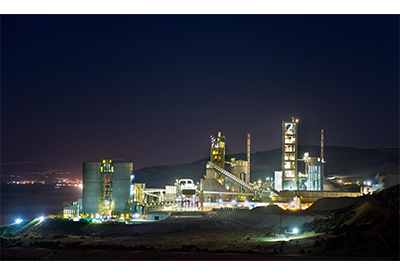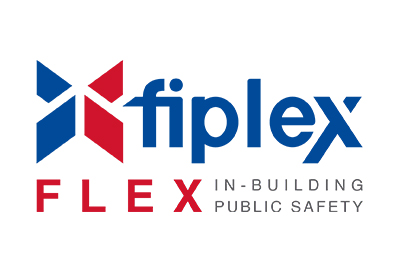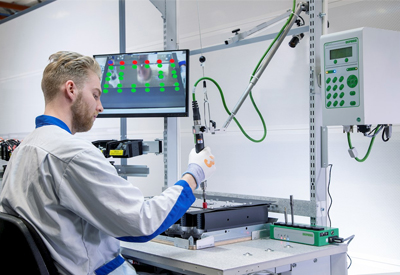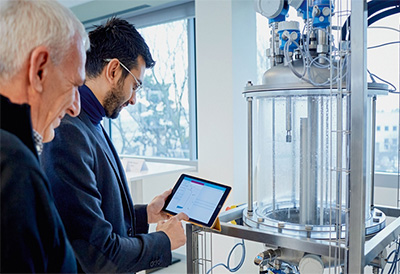Rockwell Automation Standardizes Process for Cement Producers

June 18, 2019
Lack of standardization in cement operations can limit productivity and put a strain on project budgets. To improve productivity, operator consistency and maintenance efficiency, Rockwell Automation has enhanced its process functions for cement plants . The new functionality includes pre-engineered and tested process instructions and operator faceplates developed with leading cement companies to standardize equipment and system configuration and optimize operations across cement plants.
The cement functions have been added to the Rockwell Automation PlantPAx DCS, allowing them to be easily integrated and utilized across all plant operations. The modern DCS uses a common automation platform for seamless integration between critical areas of a cement plant, including process, power, information and safety control.
“Merger and acquisition activity has intensified standardization challenges across cement operations,” said Fabio Mielli, market development manager, Mining, Minerals and Cement, Rockwell Automation. “These new functions allow cement producers to follow a standard approach for all control areas of their plant and among different plants. This helps reduce engineering and deployment risks and helps simplify operation and maintenance activity. Consistency can offer a critical performance advantage, making it easier for plants to expand and add new functions as operations evolve or grow.”
The enhanced and new functions include processes such as motor and drives control, valve operations, and sequencing group controls, among others. These functions help cement producers get one step further on their journey to achieve a fully connected cement plant – offering opportunities to improve plantwide efficiencies, reduce safety risks and drive better decision-making to be more competitive.
Included as part of this launch are additional features including support for larger systems, improved library instructions, Windows Server 2016 support and Asset Centre 9.0 backup agent. These enhancements, as well as the additional functionality, improve control in all industries.
For more information, visit HERE.







